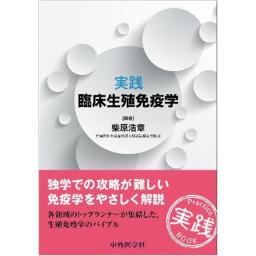1) Abbas AK, Lichtman AH, Pillai S, editors. Innate Immunity. In : Cellular and Molecular Immunology, 8th ed. Philadelphia : ELSEVIER ; 2014. p.51-86.
2) 熊ノ郷淳, 阪口薫雄, 竹田潔, 他, 編. 免疫学コア講義 改訂4版. 東京 : 南山堂 ; 2017. p.129.
3) Abbas AK, Lichtman AH, Pillai S, editors. Effector Mechanisms of Humoral Immunity. In : Cellular and Molecular Immunology, 9th ed. Philadelphia : ELSEVIER ; 2018. p.275-98.
4) Spits H, Artis D, Colonna M, et al. Innate lymphoid cells--a proposal for uniform nomenclature. Nat Rev Immunol. 2013 ; 13 : 145-9.
5) Abbas AK, Lichtman AH, Pillai S, editors. Specialized Immunity at epithelial barriers and in immune privileged tissue. In : Cellular and Molecular Immunology, 9th ed. philadelphia : ELSEVIER ; 2018. p.299-324.
6) Abbas AB, Lichtman AH, Pillai S. editors. Immunologic Tolerance and Autoimmunity : Cellular and Molecular Immunology, 9th ed. philadelphia : ELSEVIER ; 2018. p.325-50.
